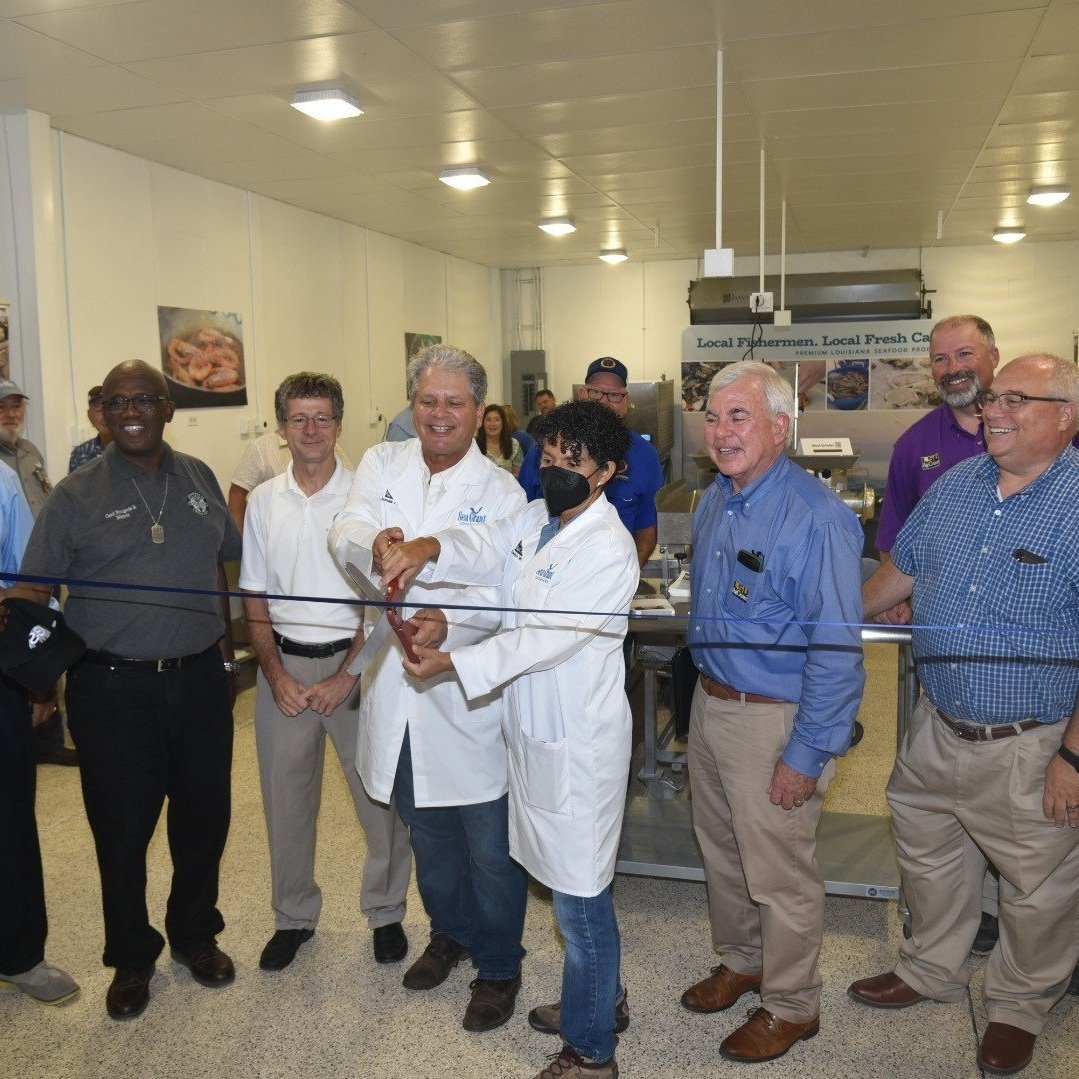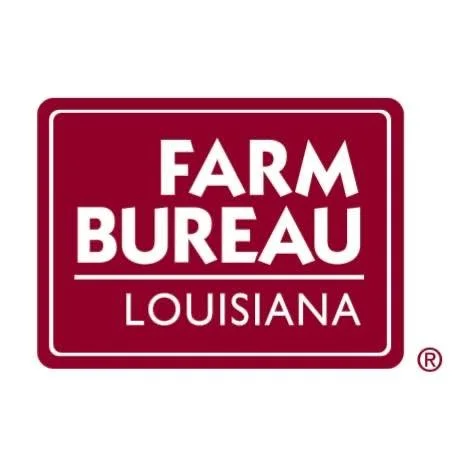The LSU AgCenter and Louisiana Sea Grant showcased a new Seafood Processing Demonstration Laboratory at the AgCenter Iberia Research Station.
Read MoreCorn harvest should begin in approximately two weeks, according to Kylie Cater Miller, LSU Extension associate.
According to Miller, Concordia’s corn crop has made it to the black layer, and farmers are preparing their harvest equipment.
Read MorePhosphorus is one of the three primary nutrients commonly found in fertilizers along with nitrogen and potassium. Phosphorus occurs naturally in soil, but it is usually in forms unavailable for plant uptake. Plants require phosphorus to grow, which is why farmers have been feeding it to their crops for centuries.
Read MoreAs Congress is in the initial stages of crafting legislation for a new Farm Bill, it does so in an economic setting of increasing farm-sector incomes, general supply and logistical disruptions and uncertainty associated with the Coronavirus. The next Farm Bill is expected to address many competing policy priorities.
Read MoreThis month’s 2022/23 U.S. corn outlook is for larger supplies and higher ending stocks. Corn beginning stocks are raised 25 million bushels, based on reduced feed and residual use for 2021/22 as indicated in the June 30th Grain Stocks report.
Read MoreThe Louisiana Farm Bureau Federation recently gave the LSU AgCenter a generous endowment to fund two professorships in agricultural policy.
Read MoreAs the 2022 rice growing season rolls steadily along, rice growers and rice industry professionals gathered at the LSU AgCenter’s H. Rouse Caffey Rice Research Station for its 113th annual Rice Field Day.
Read MoreDr. Glen Gentry, Feral Swine Specialist at the LSU AgCenters Idlewild Research Station in East Feliciana Parish, has been working almost twenty years on finding a way to control feral hogs, using sodium nitrite as a bait. Now, he says, they may be getting close.
Read MoreThe LSU AgCenter Food Innovation Institute has received a five-year, $1.5 million U.S. Department of Commerce Economic Development Administration grant to update and expand its facility adjacent to the LSU campus in Baton Rouge.
Read MoreTo date, 2022 has been a good year for sugarcane production in Louisiana. The dry grinding season of 2021 made for a good start for this year’s sugarcane crop. A dry spring and early summer helped farmers conduct timely field operations.
Read MoreStanding in a soybean field, Lisa Fultz pulled six plastic bottles out of an ice chest and passed them around to dozens of farmers, students and others looking on with interest despite the blazing summer heat.
Each bottle was marked with a date and filled with dirty water — some that was relatively clear, some that looked more like chocolate milk.
Read MoreHot, sunny weather was what rice farmers were hoping for after last year’s nearly 100 inches of rain across south Louisiana. The state’s rice crop is maturing quickly, and combines will be in the fields soon. LSU AgCenter reporter Craig Gautreaux has the story from southwest Louisiana.
Read MoreA group of Louisiana 4-H students got to experience the wonders of Louisiana’s coast but learned that this area is disappearing. The week long camp showed how important the wetlands are to not only the state but to the country. LSU AgCenter correspondent Craig Gautreaux has the story from Louisiana’s coast.
Read MoreWith much of the corn crop denting, kernels are filling weight and size. Since heat unit accumulation has been higher this year, the crop is moving along at a much faster pace. As the corn crop approaches maturity, one of the most important management decisions you will make is when to terminate irrigation.
Read MoreThe early soybean production system (ESPS) was proposed in the mid-1990s for the Southern United States. This practice consisted of growing varieties with a maturity group of III and IV and a planting date between mid-April to mid-May instead of the traditional recommendation of planting a maturity group V-VII variety between May and June, which was known as a full-season production system.
Read More














